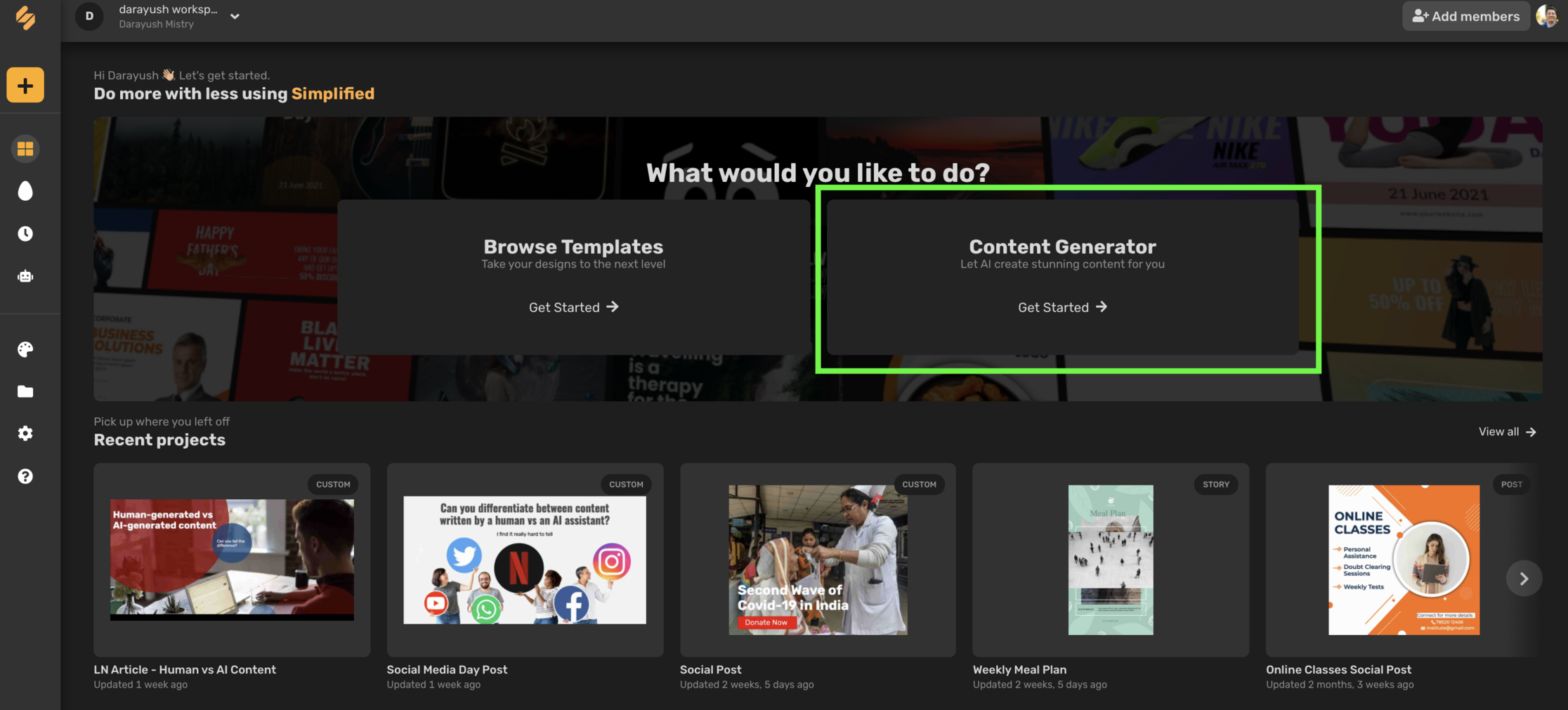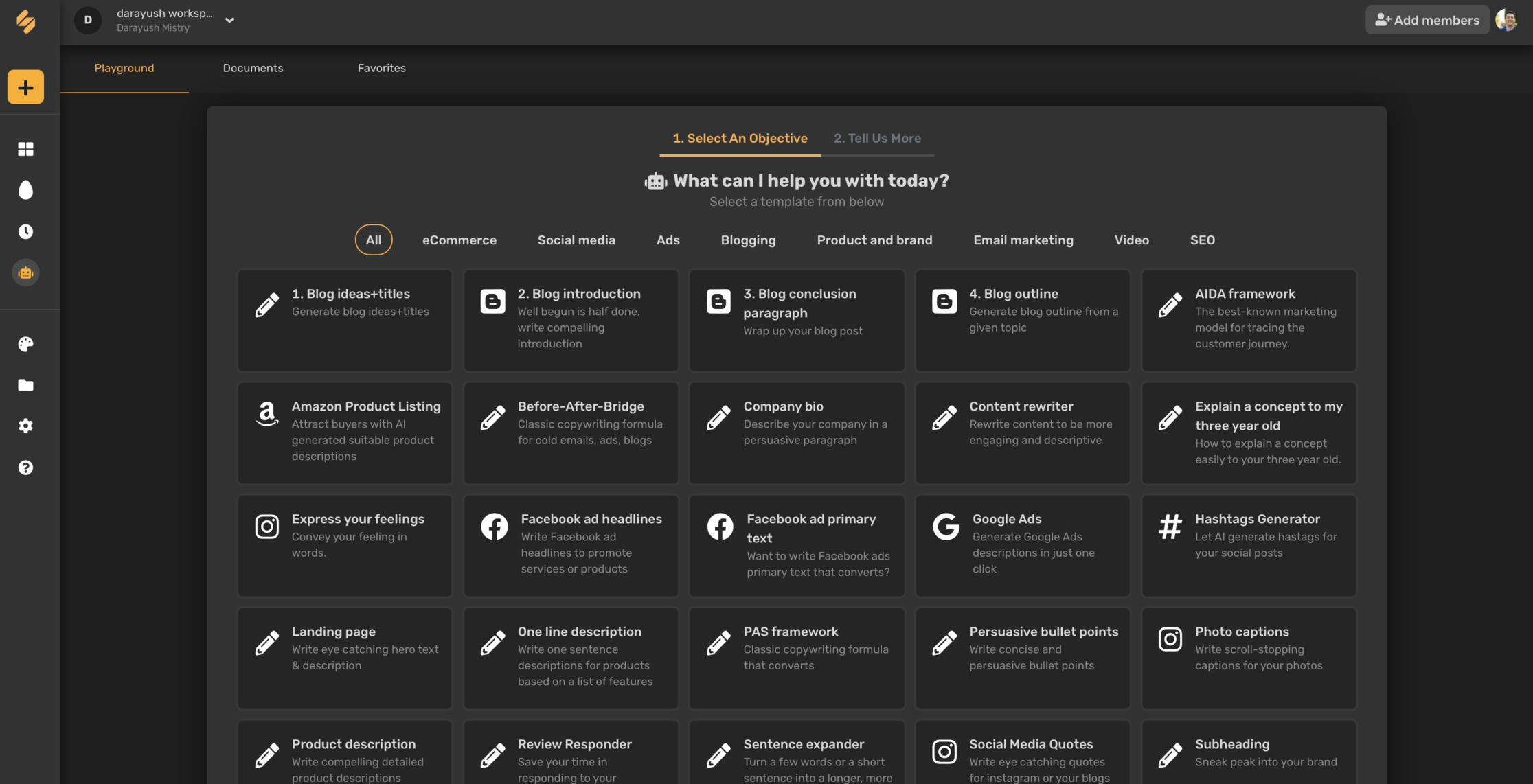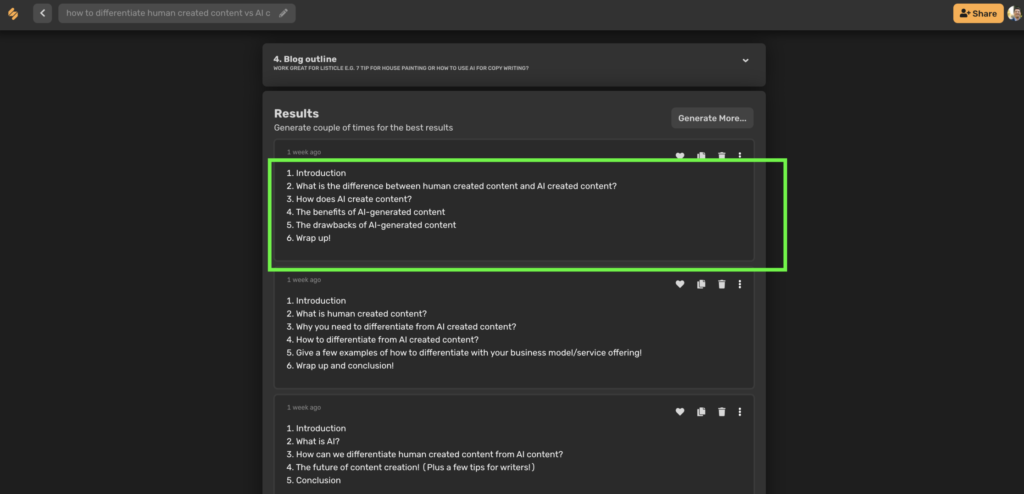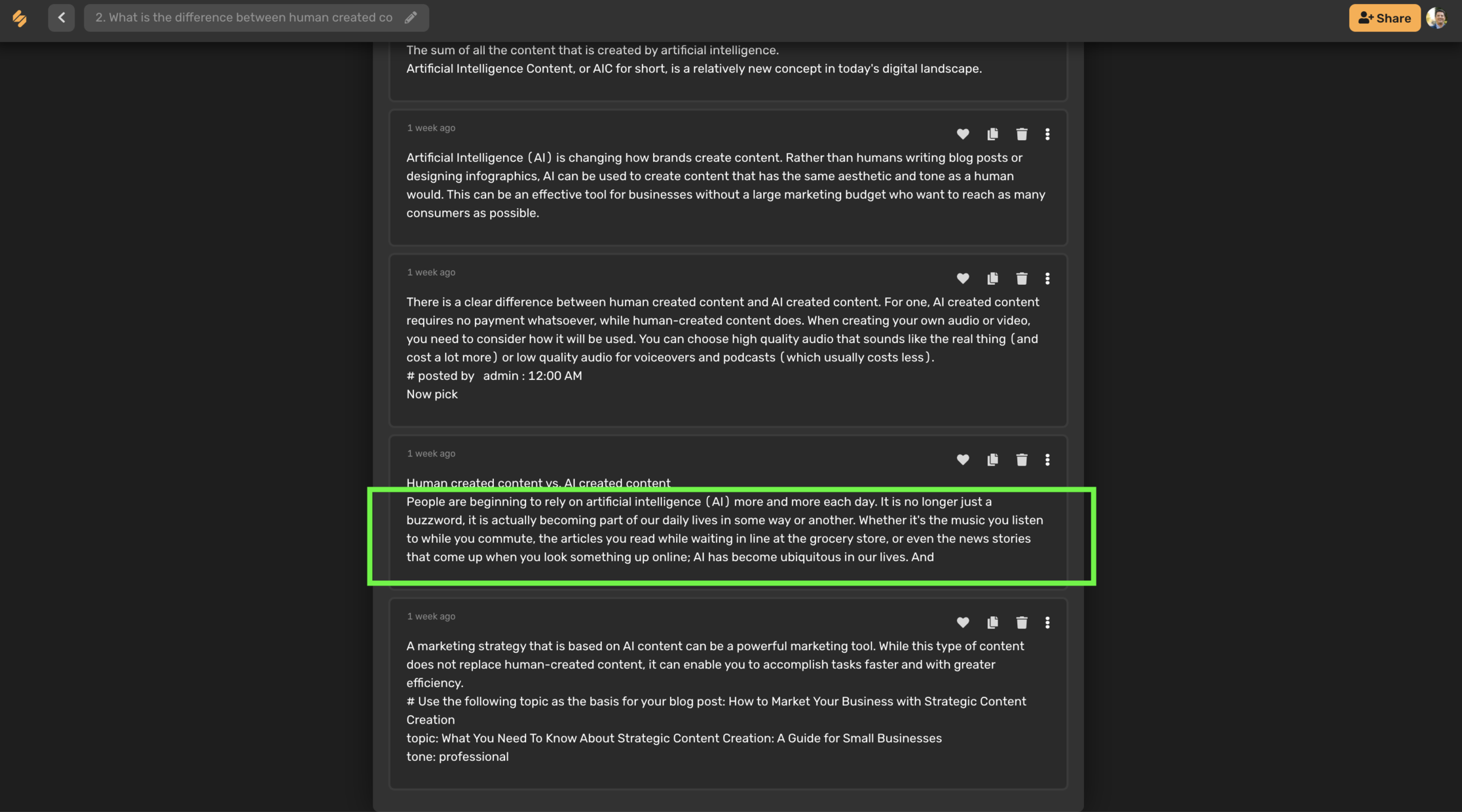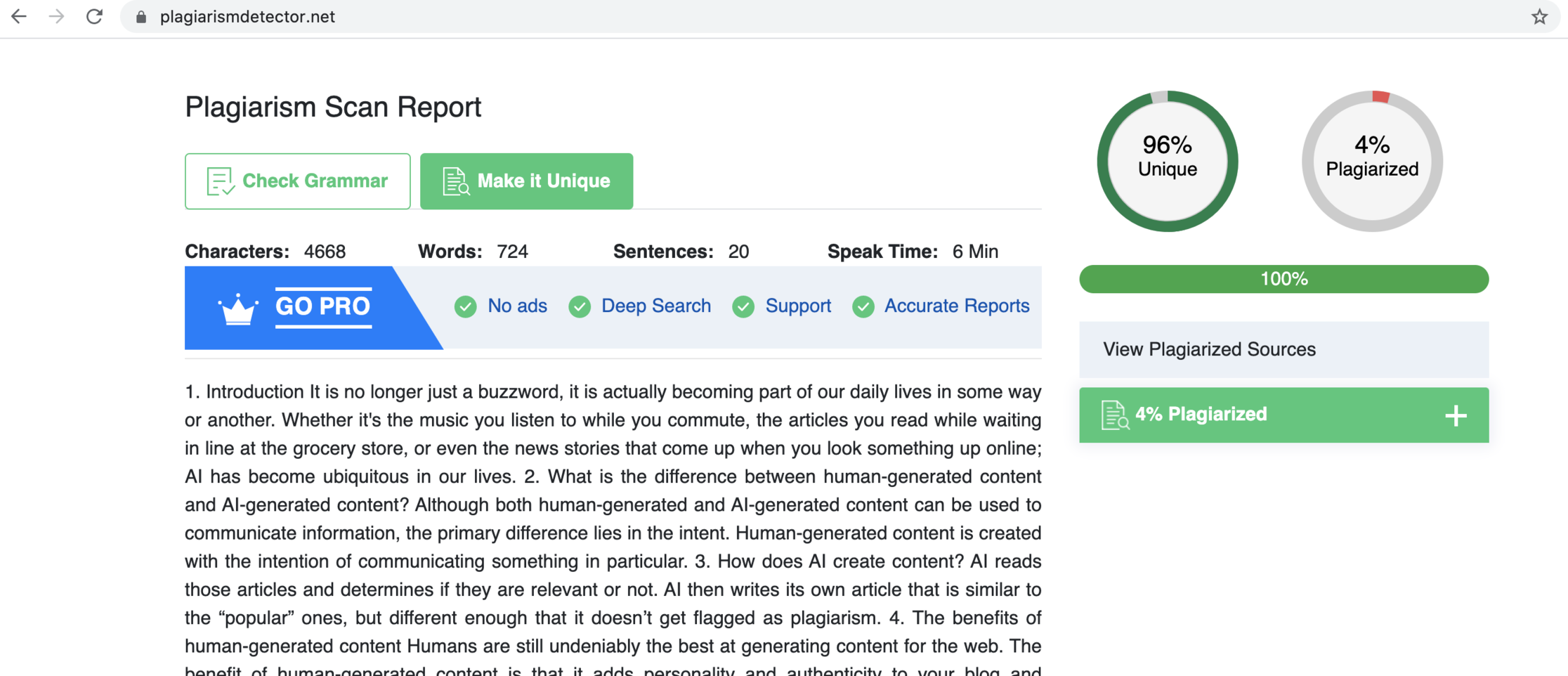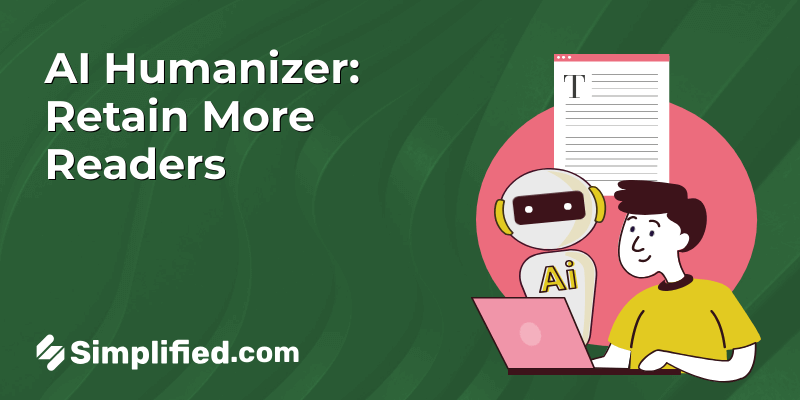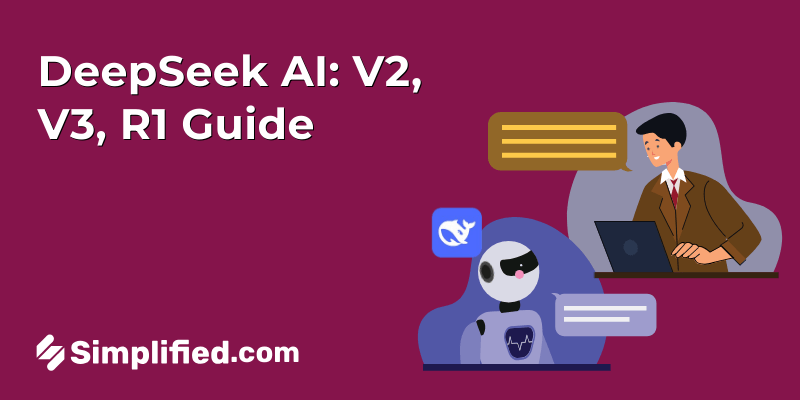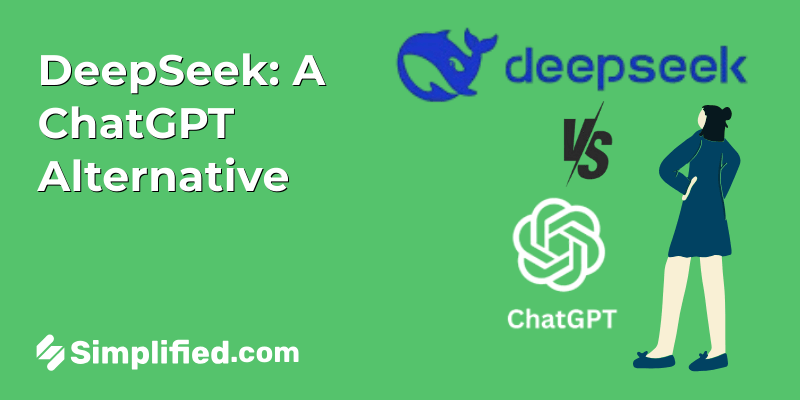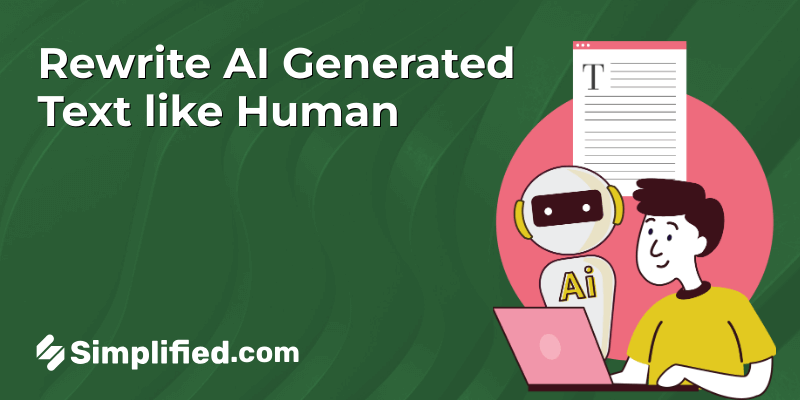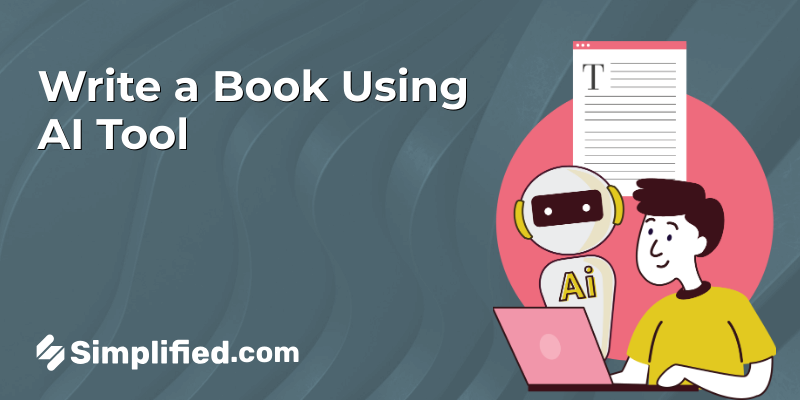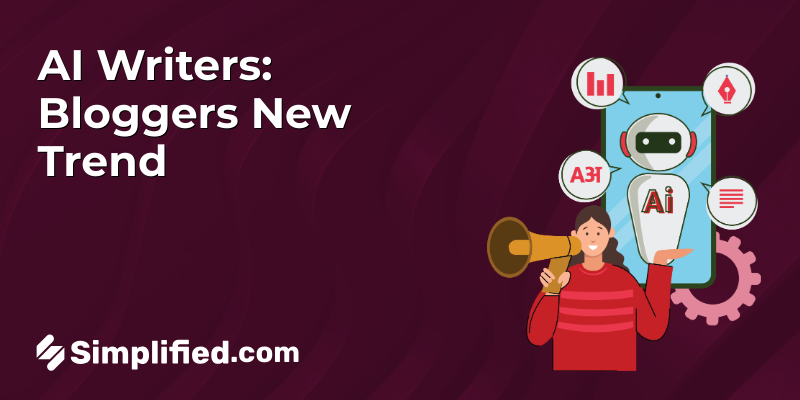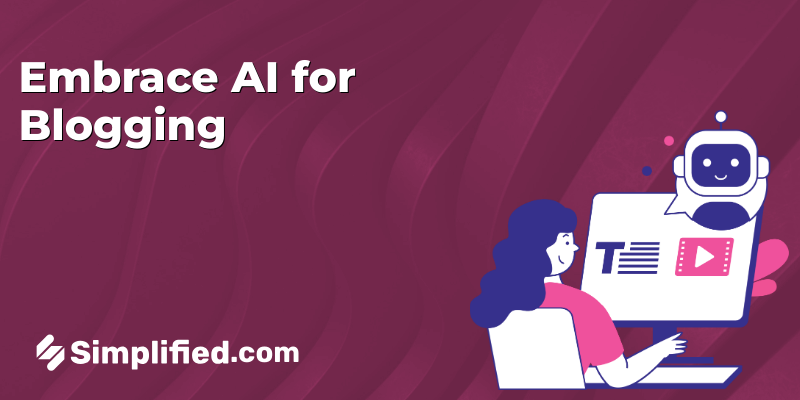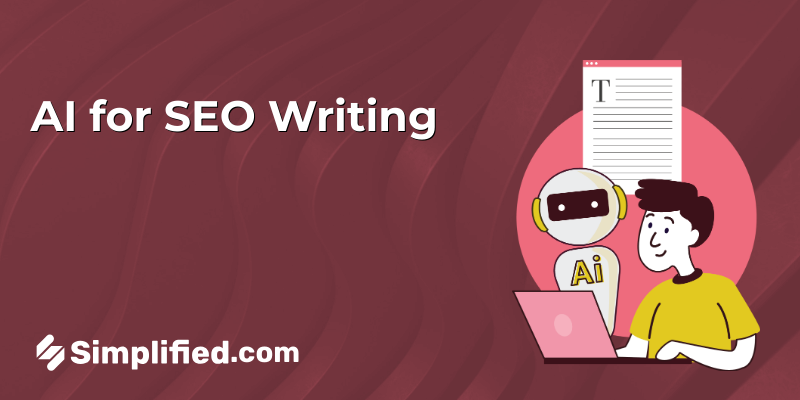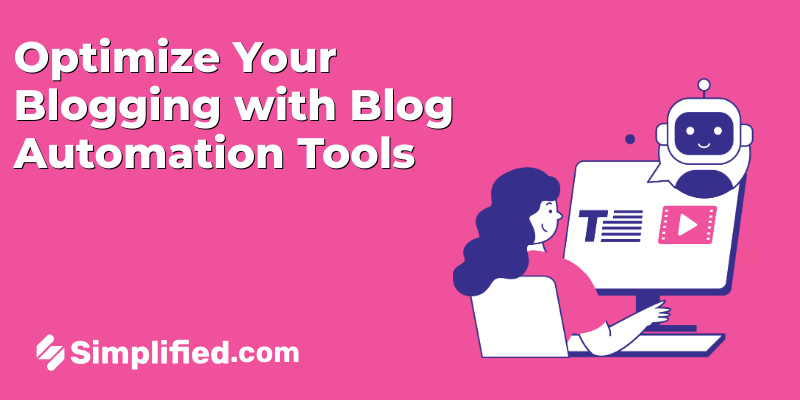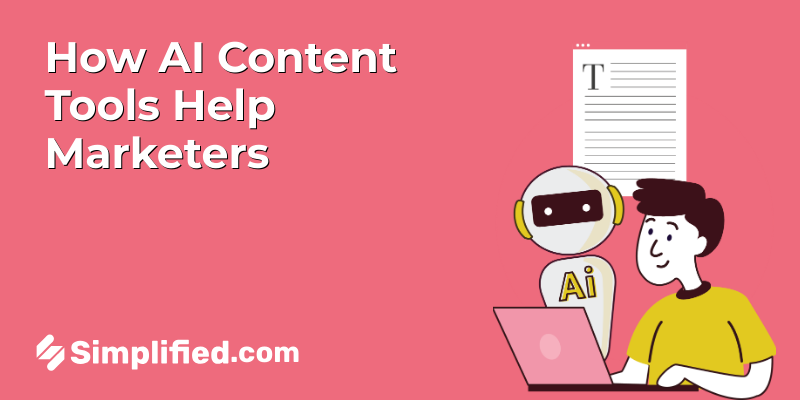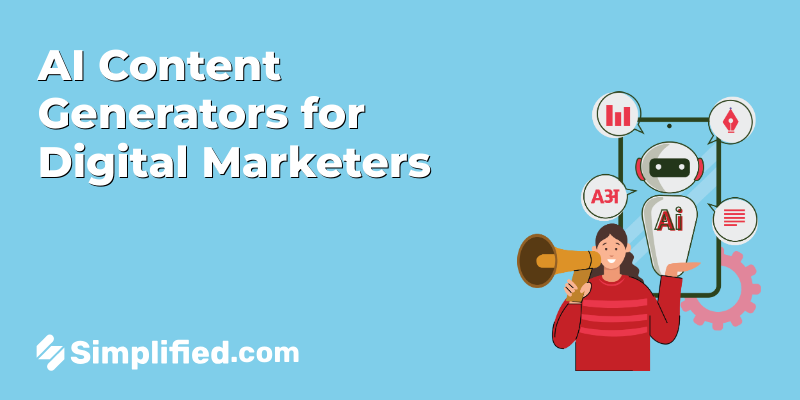Repost of a blog about Simplified’s ai blog writer written and shared by Darayush Mistry on LinkedIn
This was my first time generating an entire LN Article/Blog Post “Title, Intro, Outline, Sections, Conclusion” unedited using an AI Content Assistant. The AI Assistant I used was from a product called Simplified.
It took all of 30 mins to go from idea to publish! Here’s how it went down.
If you’ve been following customer or digital experience products/platforms you must’ve seen the recent spurt in AI Content Assistants. There are over a 100+ of these products now.
Almost all of them are based on GPT-3 created by OpenAI. GPT-3 stands for Generative Pre-trained Transformer and it’s an AI language model, the “3” stands for 3rd generation. To put it in simpler terms it’s one of the largest AI neural networks created and trained on a massive corpus of text with more than 175 billion parameters and Common Crawl dataset of the 60 million domains and related sites on the internet.
What can GPT-3 do or enable you’d ask? GPT-3 can be used for text classification, chatbots, question answers, text generation, text summarization, entity recognition, translation among other things. Here’s a more extensive list with examples. Given its scale, it comes very close to mimicking how we humans generate content. It’s really promising and will get larger and more sophisticated very soon, though IMHO there are other AI vectors that need to be explored to get AI-generated content to have more context, emotion, and intent.
So now back to Simplified and the LN Post, I’d generated.
What is Simplified you might ask? It’s an amazing new product that’s building a single platform for marketers to design, collaborate, and scale all their brand content across channels. So it’s much more than just another content writer layered on top of GPT-3.
Bonus: 6 Great Ways To Use AI Copywriting In Retail For Marketing Managers
Now to quickly orient you with Simplified, at a high level it prompts the user to create visual or text-based content. It then has a smart AI-driven way of connecting the two and generating one from the other as well.
For the purposes of the LN Post went down the Content Generator route
Generated some Blog Title ideas and landed on “Human-generated content vs. AI-generated content” and then used that title as input to generate a blog outline. Picked a suggested outline and started working through each section of the outline.
Took each section header in the outline and further expanded it by using the rewriting feature of the AI Assistant.
While Simplified is free and allows a lot (don’t want to say unlimited 🙂 of AI content generation, for the purposes of this post I’d decided to not generate more than 3 iterations for each element of the post. This was to see how quickly the product generates high-quality content.
Went through each section of the outline and generated all the content for the post within minutes.
Now two of the biggest concerns for AI-generated content are quality and originality. The LN Post generated with Simplified worked really well on the originality front. As you can see it passed the test with less than 4% of the content being flagged as plagiarism.
The final LN post was good quality content and was published “as-is” without edits. Would’ve loved some more emotional appeal and context though, more on that in the next section.
So what are the key takeaways here:
- AI Content Assistants are fast, never get tired or have writer’s block 🙂 You might run out of tokens or have to pay more, but AI Content Assistants can keep going 24×7 if needed.
- AI Content Assistants are here to stay and can significantly augment the content creation process certainly for efficiency (need more data for effectiveness). AI Content Assistants work great as content fragment or idea generators and as brainstorming agents. The content they generate is often close-to-final but not necessarily always ready to publish as-is.
- AI Content Assistants fall short on generating emotion and adding specific context for the content. The human content author still has to understand the goals, intent, read the audience and provide the context and emotional appeal. Emotional appeal is key to marketing and sales content. While products are adding capabilities to provide more emotional appeal going forward, I would say it’s still in its early days. The same goes for context, the content an AI-Assistant generates might not necessarily have the audience context or an understanding of the needs, urgency, timeliness of the micro or macro-environment.
- Humans are still critical to the content creation process but now have AI-driven tools at their disposal. The biggest takeaway for me is that while my post was published as-is, for most AI-generated content out there it’s not a “one-shot-and-done” approach. It’s really more of a “here’s content options, dear human content creator, now you pick and decide on what works best“. So humans are critical towards assessing the quality of the content. One can use products like Grammarly or Writer and use AI to assess and improve the quality (grammatical errors, reading level, filler words, profanity, etc). However, the day might not be far where AI-driven content especially short-form content like Ads might be published directly to audiences and then tweaked via AI-driven A/B testing to achieve the intended marketing, sales, or product outcomes at scale.
- Products lack relevant content type-specific features. Like inserting images (Blogs and posts with images get 94% more views), quotes with references, cite research with links, and some other fundamental blog/post writing techniques were missing. Also, content composition and previewing is still primitive at best. I’m certain this enhancement is coming soon to most products as well. Currently, all of the AI content in most products is created in fragments and a human author needs to compose it into a cohesive unit. For simplicity, I used Google Docs to compose my LN post from the title, outline, and section fragments that Simplified provided.
Finally, even with all the smarts, there’s still a level of human sanity/accuracy check that is needed. The content from my AI-Assistant wanted my readers to share the post on “Google+”. I’ve left it as-is on my post, but wouldn’t fly otherwise 🙂
Hope this provides a good understanding of what AI Content Assistants are all about. They’re really promising, they’re here and can provide content creators and teams excellent leverage today!
